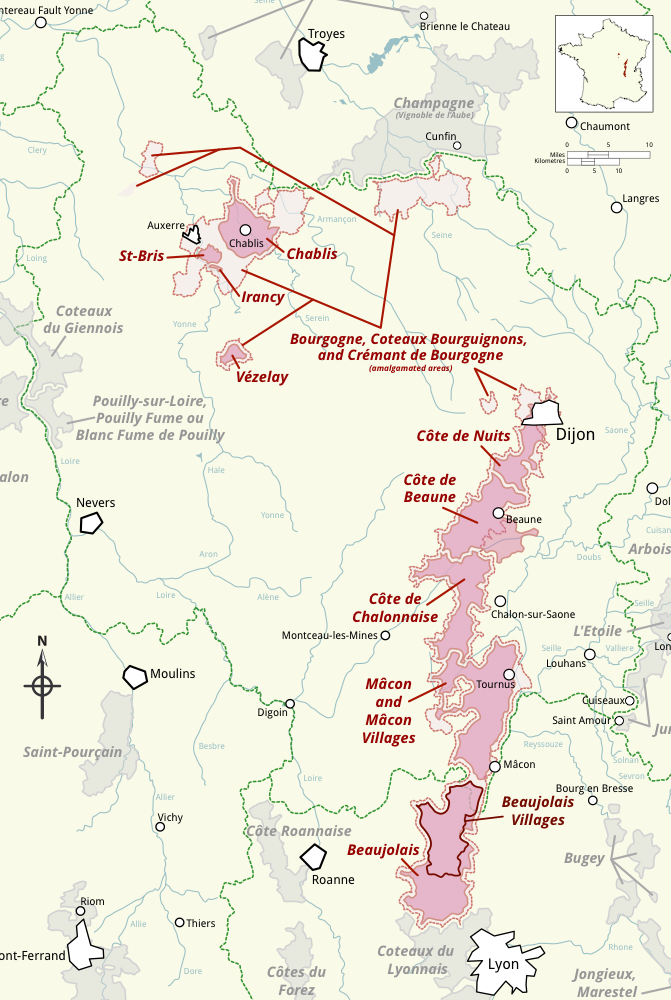The Hamelin family has been growing vines in Chablis for six generations, each one adding to the holdings and developing the winemaking techniques.
The domaine now stands at thirty-seven hectares, spread between the villages of Poinchy, Beines and Lignorelles.
For 7 generations, the Hamelin family has been making wine – from the 1840s when Gustave Hamelin purchased 2 hectares of vines and a mule to work the land, to today where Thierry Hamelin and his son Charles cultivate over 36 hectares of vines stretched out over 3 villages.
The knowledge handed down from generation to generation is a harmonious mix of old traditions and modern-day techniques.
Their focus is to craft generous and elegant wines that are a pure expression of the terroir.
In order to achieve this goal, a well-controlled and thermo-regulated winemaking process is essential.
They bottle all of their wine in-house at the optimal moment, at which point the wine is at its most expressive.
Chablis 1er Cru “Vau-Ligneau” (A.O.C.)
A total area of 3.5 hectares, located in the village of Beines. This vine is grown in the Vallée de Vaux de Long. It extends over a steep, 200-metre slope. The average annual production is 200 hl.
These subsoils include a limestone called Kimmeridgien that gives the elegance and the body of a ‘premier cru’.
As well as having a single Chardonnay grape variety, our vineyards are planted on soil that is 150 million years old, from the Jurrasic, or to be exact, the Kimméridgien, era.
During this period, Burgundy was under the sea, which has left us a number of remains to be found in the rock, such as small oysters and ammonites.
The fundamental characteristic of Chablis depends on its soil, or ‘terroir’, that gives it the typical minerality that cannot be found anywhere else.
The dry, clear, aromatic, lively and light nature of Chablis, which no other Chardonnay wine can match, is due to the link uniting the grape variety to its soil.



